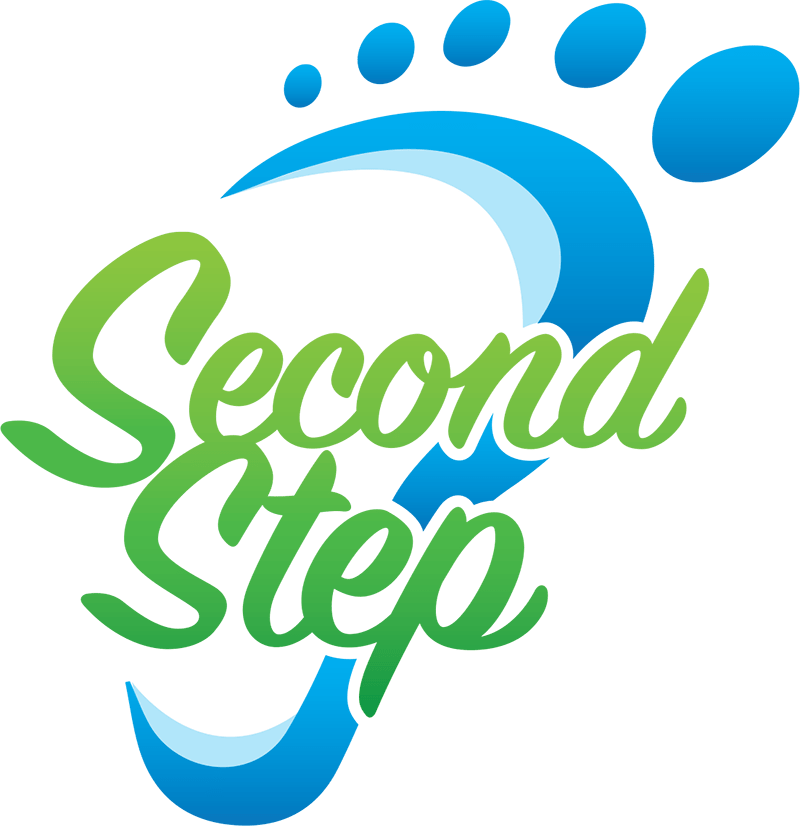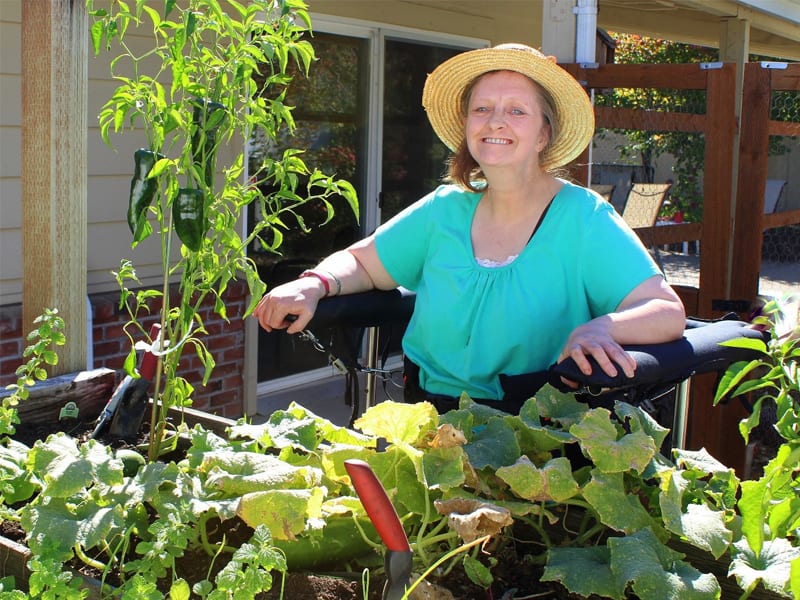
Walk Again Post Stroke
Recovery Is Possible
Design Features & Benefits
Use the Gait Harness System to Help with Stroke Recovery and Walk Again Post Stroke
People who walk after stroke live longer, live better, live healthier
A stroke can damage the brain in minutes, potentially robbing the survivor of many skills that previously were taken for granted. Among the precious things lost — at least initially — may be the ability to walk.
Stroke is a leading cause of long-term disability. Impairments resulting from stroke lead to persistent difficulties with walking. For a stroke survivor, learning to walk again should be a top priority.
Ambulation is a crucial component to recovery and lifetime health. Movement keeps joints lubricated and stimulates your brain. Stronger muscles and bones provide the strength and balance you need to be active.
After stroke, physical activity is important to not only to regain motor and cognitive function, but to also help ward off another stroke. Walking again is one step towards that goal.

Walking ability has important health implications, providing protective effects against secondary complications common after a stroke such as heart disease, musculoskeletal issues, and systemic disorders.
Even if someone has been primarily wheelchair or bed-bound for years, with little intervention, they can achieve significant results and greater quality of life with the proper program, and with proper equipment.
Many of our GHS clients see consistent standing and walking progress in the months, years, or even lifetime of recovery. The brain has significant potential to do, adapt, and change, even years after a stroke.
Why is walking affected by a stroke?
Many strokes injure the motor fibers connected to movement. Typically strokes damage portions of one side of the brain and affect the opposite side of the body. A stroke can make one side of the body weak or paralyzed, making it difficult or impossible to walk.
A patient’s balance may be shaky if the cerebellum (the part of the brain that controls equilibrium) is injured. Along with paralysis, weakness, numbness, and loss of balance, many stroke patients are left with distorted perceptions about where their body ends.
Injury to the motor portion of the brain can also diminish muscle tone and control, another obstacle to walking. Muscles can lose the ability to contract altogether or, on the contrary, become overly contracted and too rigid to allow a simple walking motion.
How Does a Stroke Survivor Learn to Walk Again?
A patient’s rehabilitation should start as soon as he or she is stable. This could mean within 24 hours to a few weeks or longer. Established guidelines, as well as a huge body of literature, insist that the earlier therapy is initiated the better.
Before walking begins, a practitioner may guide the patient through pre-walking exercises to ready other pertinent muscles. If a patient’s trunk muscles were affected, causing him or her to lean to one side or to the front, therapy may start with core strengthening exercises in a sitting position.
The next step might be to work on standing until the patient feels anchored and secure. Learning to walk again involves scores of muscles and many isolated movements. Caregiver/practitioner and patient should approach the complex act of learning to stand and walk again in a safe, supported manner.
Physical activity remains a cornerstone in risk-reduction therapies for the prevention and treatment of stroke. Regardless of how a stroke survivor learns to walk, one thing is certain: the stroke survivor needs to get moving.
The months or years of recovery may seem overwhelming, but survivors need to keep in mind that the potential for progress is always there.

Contact Us Today
We are here to help you
For personalized attention, please call or email us today. We will take the time to answer all your questions about how the Gait Harness System is helping people walk again, and whether it could be right for you.
We will do our best to respond to your request within 24 hours, or on the next business day. All information you provide is strictly confidential and will never be sold or shared with any other person, entity or organization. See our Privacy Policy.
Office hours
Monday – Thursday
9:00 am – 5:00 pm ET
Friday
9:00 am – 3:00 pm ET
Sales Office and Support
P.O. Box 565
Anna Maria, FL 34216-0565
Phone: 941.567.4200
Toll Free: 877.299.STEP (7837)
Fax: 877.299.5428






